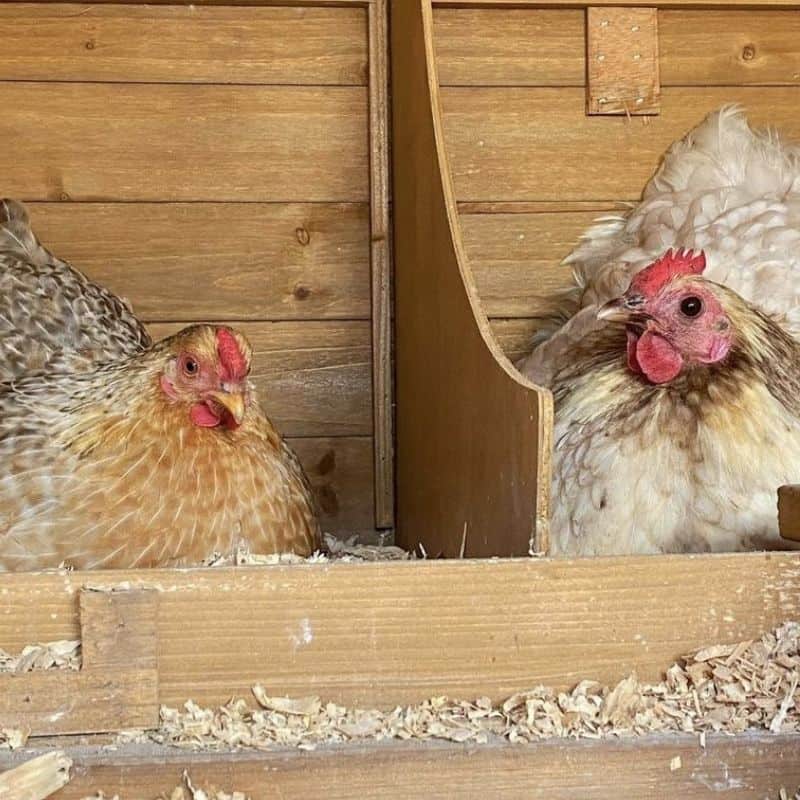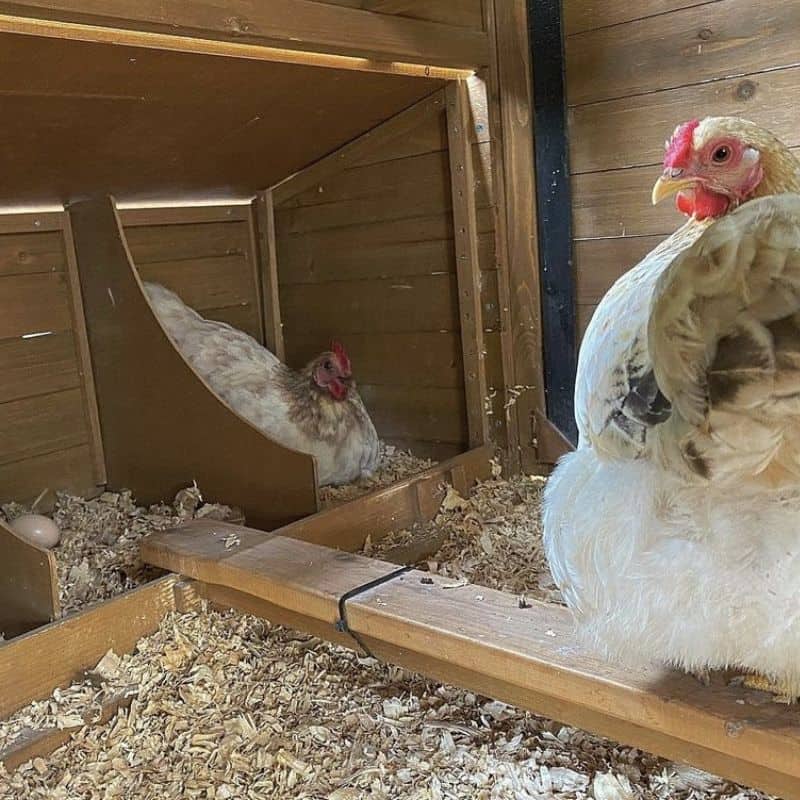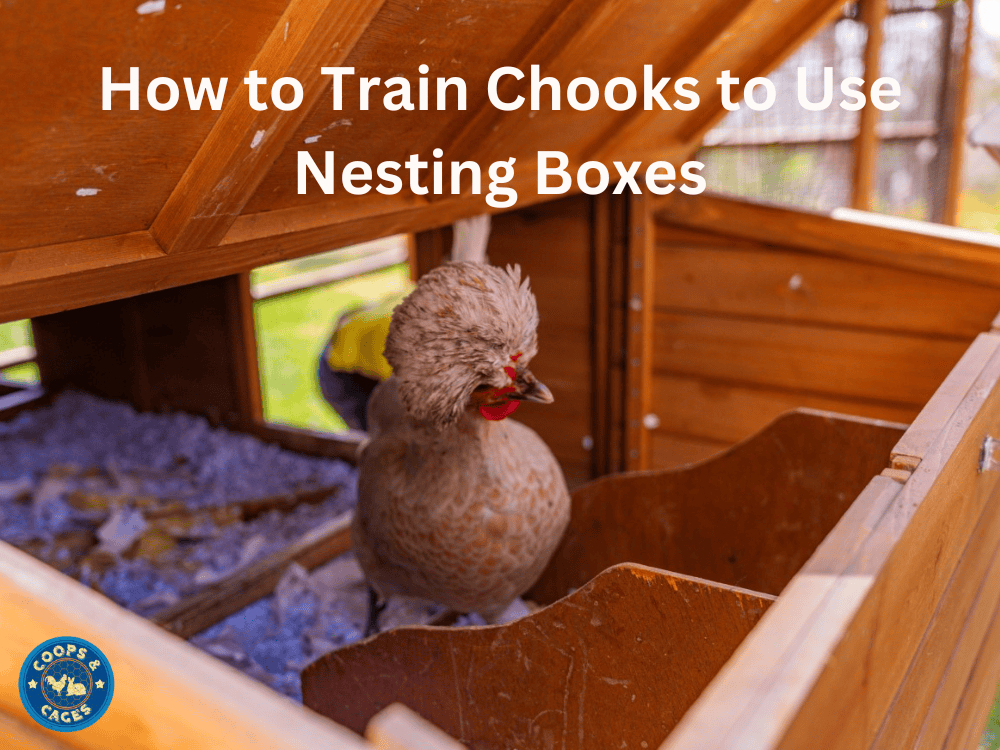Chickens, How To Do Things
How to Train Chooks to Use Nesting Boxes
Hens begin laying eggs when they are around 4-6 months old. Depending on their breed, they can lay as many as 300 eggs in one year!
Hopefully, your hen will lay all her eggs inside your provided nesting boxes. But what if she doesn’t?
Whether you are a new chicken owner or an expert in poultry farming, sometimes, you just need a little patience and hard work to get your birds comfortable with their nesting boxes. Let us help! In this blog, we provide some tips to help you train your hens to use nesting boxes.
What is a Nesting Box?
A nesting box is a man-made box where a hen can lay her eggs. All Coops and Cages chicken coops come with nesting boxes mounted onto the side, with convenient opening lids.
Nesting boxes make egg collection much easier for humans, as all the eggs are safe in one place. You don’t need to spend the whole morning hunting for eggs throughout your yard. This also minimises the chance of the eggs being stepped on or damaged.
Most hens naturally prefer to lay their eggs in a nesting box as the high walls offer both privacy and protection.

Training Your Chooks to Use Nesting Boxes
If your hens are being difficult and laying their eggs throughout your yard, there are a few things you can do to help train them to lay in their nesting boxes instead.
Provide More Nesting Boxes
Ensure your coop includes at least one nesting box for every three hens.
Hens don’t need a nesting box each as they are usually happy to share and won’t all lay at the exact same time.
But if you offer too few nesting boxes, your hens may become impatient waiting and choose to lay their eggs somewhere else.
If your hens are particularly territorial, you may need to add in extra nesting boxes to prevent fighting.
Make Nesting Boxes Comfortable
We recommend nesting boxes made from timber. Metal nesting boxes are more affected by rapid temperature changes, making them unpleasant for your girls.
Line the base of the nesting box with comfortable bedding, such as straw, wood shavings, shredded paper, or sugar cane mulch. You may need to try multiple types of bedding until you find what your hens prefer.
Keep the Nesting Boxes Clean
You wouldn’t want to sit somewhere that’s dirty or messy. And neither do your hens!
Regularly clean out the nesting box and replace soiled bedding. You want to do this once it starts to get smelly, which is usually once per week.
If your hens are avoiding their nesting boxes, start cleaning them more often to see if it helps.
Encourage Laying Schedules
Most hens prefer to lay their eggs early in the morning.
If you notice your free range hens do this, keep them confined in their coop until mid-morning. This will encourage them to lay their eggs in their nesting boxes before they begin their day roaming around on your lawn.
Use Fake Eggs
Putting a fake egg in the nesting box is a great way to show your hens where their eggs are supposed to go.
You can buy ceramic chicken eggs online or you can even use an old golf ball.

Jordan’s Wrap
Whatever breed of egg laying hens you are raising, our tips should come in handy. By persistently practicing all of them, you should be able to train your hens to lay their eggs in their nesting boxes.
Do you have any other tips to share? Please let us know by dropping comments below. We’d be more than happy to hear from you!



